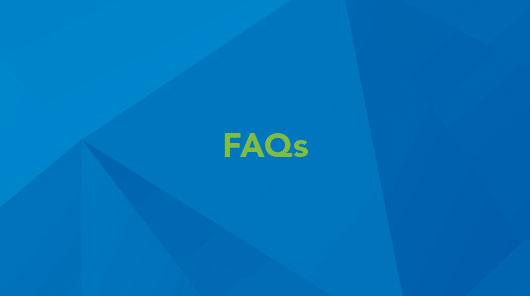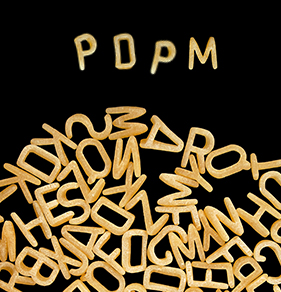October 11, 2019
With week one of PDPM behind us, our industry has learned, adjusted and grown as we identify new opportunities and work to maintain the services and standards our patients need while achieving the goals set forth by CMS under PDPM. Now, after the initial implementation of such a monumental change, it is important to take a step back and remember our primary purpose – the patient.
At Aegis Therapies, our core beliefs remain the same:
- Patient needs have not changed
- The cost of providing care can be reduced without compromising quality and outcomes
- Therapy remains a key contributor for driving success
- Partnership and alignment are vital
- Technology and analytics will enable performance
These core beliefs helped to shape our strategy for providing care in the new reimbursement environment and will remain at the forefront as we continue to adapt for the future. Aegis was born out of the last largest change this industry had ever seen, PPS, and that experience allowed us to have the foresight to see PDPM, not as an obstacle, but as an opportunity to think differently about how we deliver services. Our comprehensive training leading up to PDPM helped our entire organization prepare and feel confident about the change and allowed each member of our team to see the value Aegis brings. Our partners see this too, as noted by one customer through this transition:
I am very happy with what I see being printed about Aegis and its commitment to quality and excellence in the therapy business world right now. Our Director of Rehab is doing an outstanding job… She is an asset to both of our success.
Much of the discussion leading up to the implementation of PDPM, and into the first week of this shift, has focused on the increased availability for clinicians to utilize group and concurrent treatment. As we have covered in the resources on our website, including an executive summary, video and FAQ on group and concurrent, the increased availability to utilize these valuable service delivery options is evidence based and supported by clinical outcomes. Aegis has developed clinical pathways and PODs to support our therapists in their clinical decision making around the use of these options, as well as implemented training company-wide to educate all staff on appropriate utilization. Our early patient outcomes utilizing group and concurrent are encouraging and supported by our employee and patient experiences. As noted by Kristina Fuentes, an Aegis Director of Rehab:
I had the best group session the other day. I’m looking forward to planning some awesome activities. Our patients are loving the groups and the interactions, laughing and doing different activities. I think the concurrent allows a better way for them to gain independence and do things at a higher level without a therapist next to them to stand-by and assist for every little thing.
In Aegis’ view, this change is creating a care delivery renaissance, which will challenge therapy providers to think differently about how we can all make operations more efficient while not compromising outcomes.
Aegis will focus on a variety of key performance drivers to ensure success in the new world. Including, redesigned clinical pathways, alternative service delivery modes such as group and concurrent therapy, utilizing extenders and leveraging technology and analytics to drive success. We are also leveraging strategic partnerships to help better position our customers for success in the new model. – Mark Besch, Chief Clinical Officer
Challenges will continue to arise as we move into PDPM. That’s why partnering with a provider whose strategy remains focused on delivering patient-centered care without compromising outcomes is necessary. Aegis Therapies pledges to do just that through PDPM and through whatever changes the future holds.








